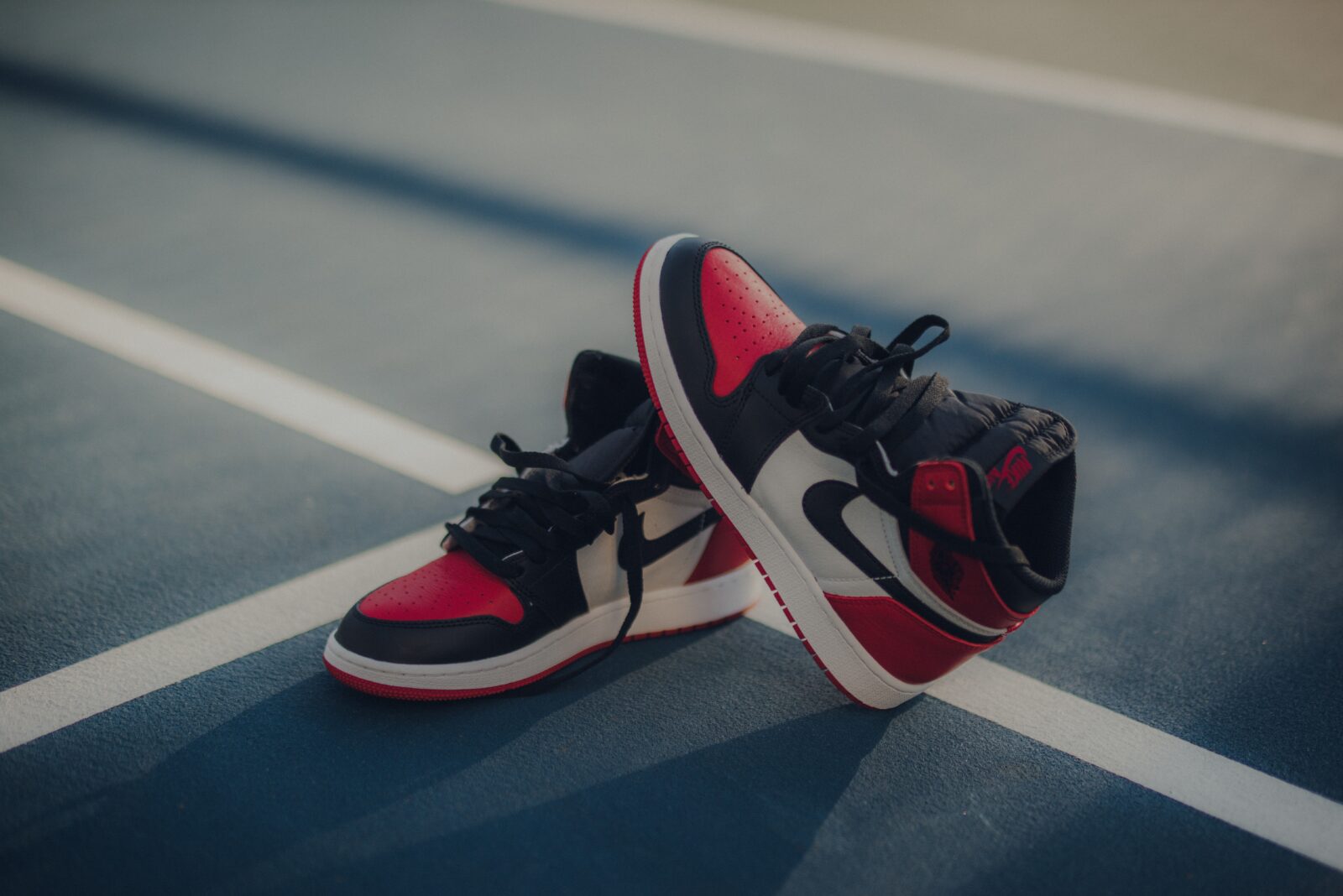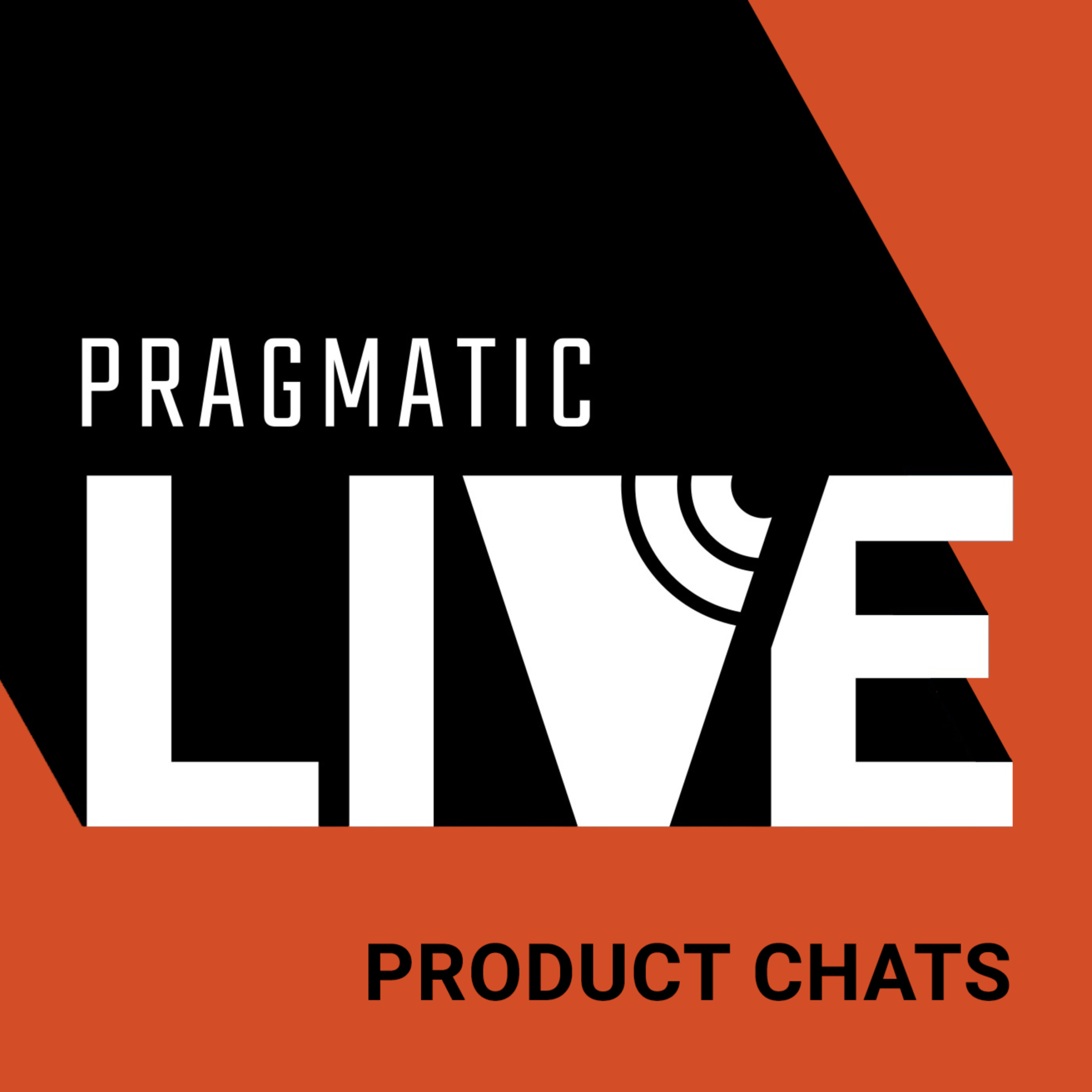

What do Air Jordans and Win / Loss Have in Common?

This blog was written by Wayne Goodreau, Director of Client Research & Insights at Anova.
This past weekend, my family and I saw the movie Air. Focusing on Nike’s pursuit of Michael Jordan and the birth of the Air Jordan sneaker, the film succeeded at every level. Anchored by a strong cast and a solidly paced story, it kept me engrossed the entire time, even though I already knew the outcome.
But one thing struck me as I was watching the film, aside from the high price of popcorn. This whole film centered on what essentially was the crafting of a sales pitch. And so much of what made the main protagonist, Sonny Vaccaro (played brilliantly by Matt Damon), and Nike successful in securing Jordan leaned into so much of what I see as hallmarks of strong sales teams in my Win / Loss work at Anova. There were a lot of things the team did right, but three specific elements stood out most, and I’d like to focus on them in this post.
I am going to do my best to keep this post spoiler-free but be forewarned – we are going to be talking about the movie a little bit.
Sizing up the competition
In the film, Vaccaro and the Nike team discussed what it would take to win over Jordan when they knew they were going up against competitors that were much more established in the basketball sneaker world, Adidas and Converse. The Nike team knew their competitors would be able to match or beat any monetary offer they could bring to the table.
So Nike looked across its competitor landscape in an effort to understand where these players fell short and how they could shine in comparison. Since this post is meant to be spoiler-free, I won’t speak specifically to how Nike did it, but Vaccaro used his understanding of the competition to position Nike as a company that could provide a more stable, focused partnership in contrast to what the competition was offering.
As part of our Win / Loss programs, we look to often understand who the competitors were in deals both won and lost. Not only does this help our clients gain a complete picture of their competitive landscape, but we also ask questions to understand how these competitors differentiate against our clients and how our clients can rise above their competition.
One of the things we’ve learned at Anova is great sales teams not only know their competition well, but also have the ability to use that information to position themselves as the right choice. This was exactly what the Nike team did and a big part of what made them successful.
Connecting with the decision-makers
At one point in the film, Vaccaro is hitting walls trying to get a meeting with Jordan. He’s gone through the traditional channels and comes up short. However, based on some wise words from Howard White (another stellar performance, this time by Chris Tucker), he decides to take a risk and go straight to the one person he knows who makes these decisions, Michael Jordan’s mother. Man, avoiding spoilers here is getting tougher and tougher.
Going straight to the decision-maker is something we see as very important in a lot of our Win / Loss work. In addition to understanding important elements such as strengths, weaknesses, reasons for choice, etc., we also try to tease out of the data if our clients are talking to the entities that make decisions. And more often than not, when we do see discrepancies, they point to the fact that when teams aren’t dealing directly with decision-makers, they are more likely to lose.
Successfully assessing needs and taking a consultative approach
This was probably the aspect of the film that spoke most to me as a Win / Loss provider.
When developing its pitch to Jordan, the Nike team took a consultative approach and customized its pitch to meet the needs of its prospect. Based on what they knew of Michael and what might be important to an up-and-coming talent in the league, they put in the hours and the work to craft a shoe and a pitch that would speak directly to Jordan and make him feel like the most important person in the room. They worked on it day and night for a week to effectively prepare, which was something Nike’s competition wasn’t doing.
And this mirrors what we see in so much of the work we do. Fully understanding the needs and desires of a client or prospect and then putting in the work to develop a proposal and a pitch to answer those specific needs strongly correlates to sales team success, and a lack thereof is tied often to losing deals.
Walking out of the theater, I felt entertained. I felt inspired. And I felt like the Win / Loss work we do at Anova is important. We are helping sales teams work to their full potential and rise above their competition. And to wrap this whole thing up – Michael Jordan used whatever he could to gain an edge on the court. Sales teams need to do the same if they want to win, and Win / Loss programs can provide this edge.

Anova’s Zach Golden and Will Young spoke with Pragmatic’s VP of Marketing Rebecca Kalogeris for Pragmatic Institute’s Product Chats Podcast to provide insights and give their perspectives on how to institute an effective Win / Loss program. Zach and Will detail their experiences with Win / Loss and the ways they have been able to help clients set up programs that align with, support, and supplement their strategic initiatives. From the initial kick-off calls to the final stakeholder presentations, Zach and Will go over each step necessary to ensure that actionable insights are revealed and that the true voice of the customer is heard. The podcast is available on the Pragmatic Marketing website as well as on Spotify.